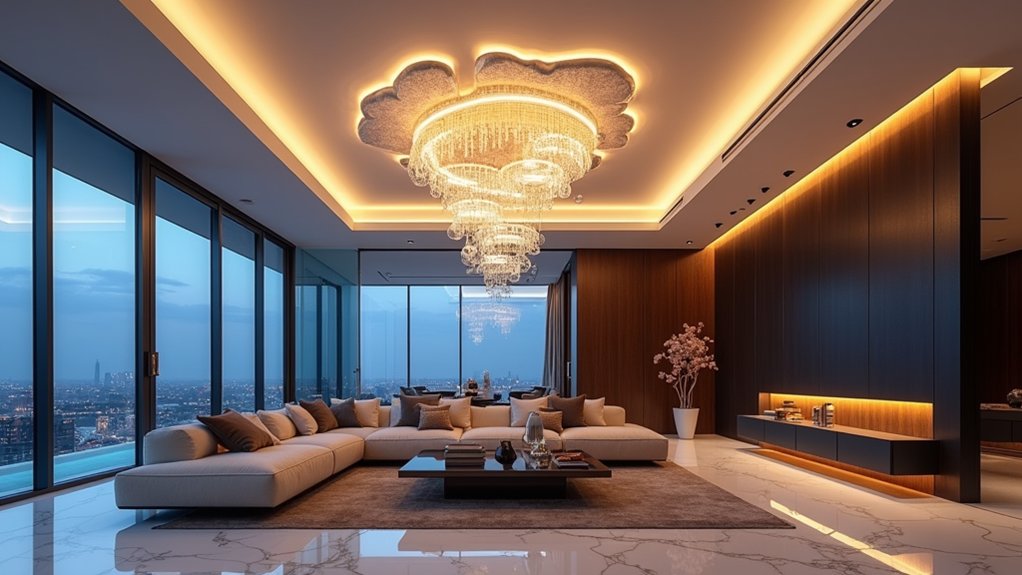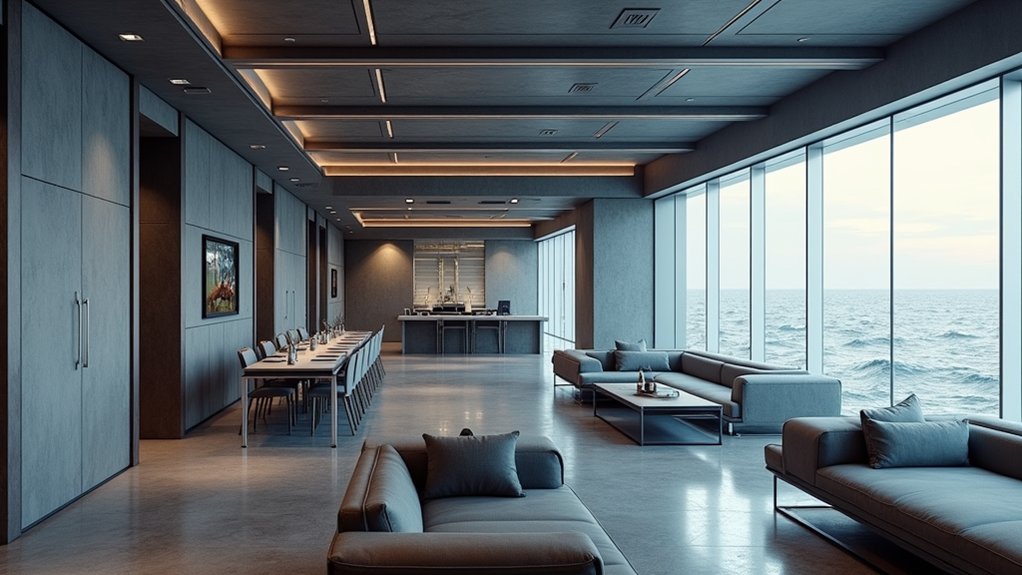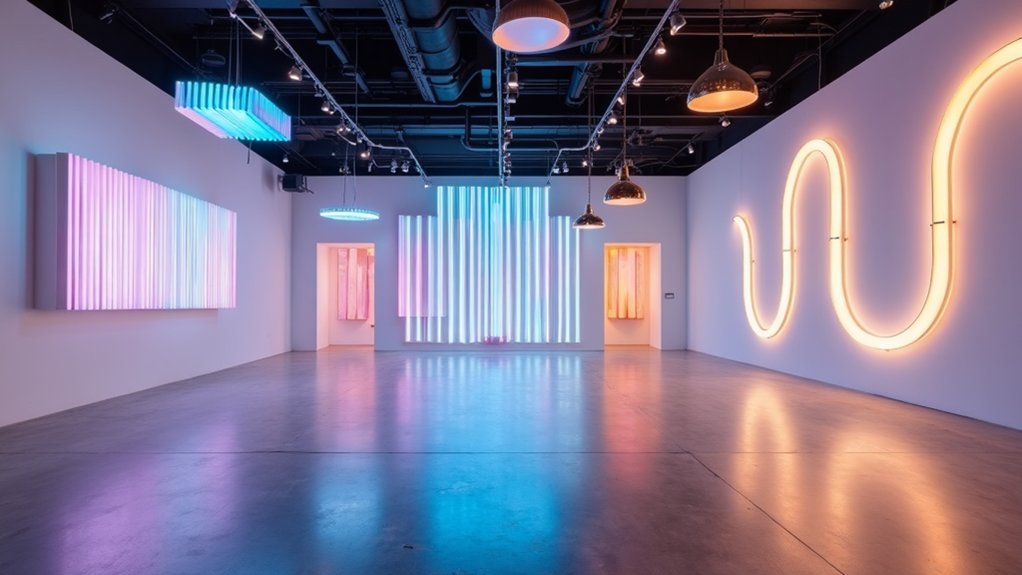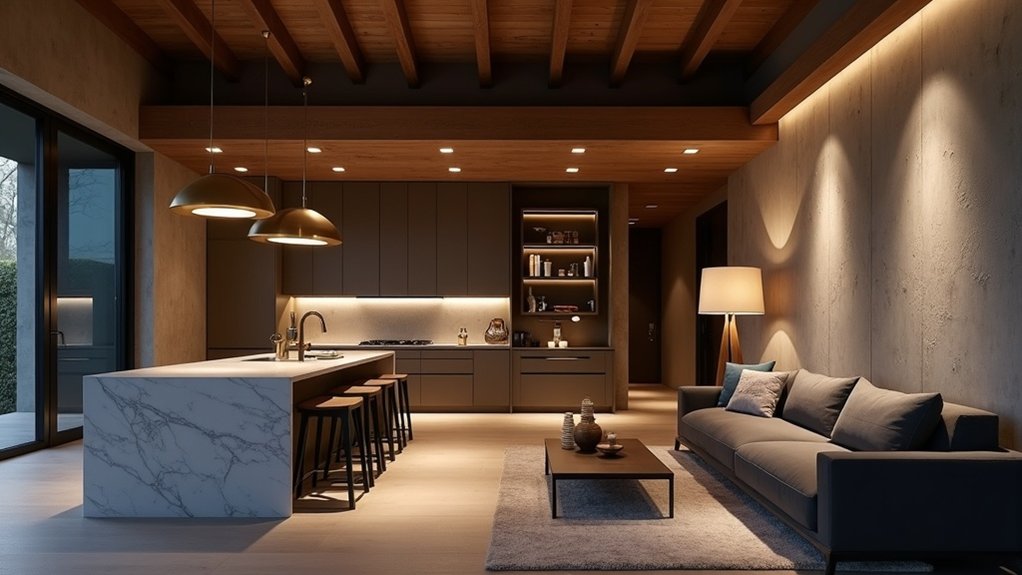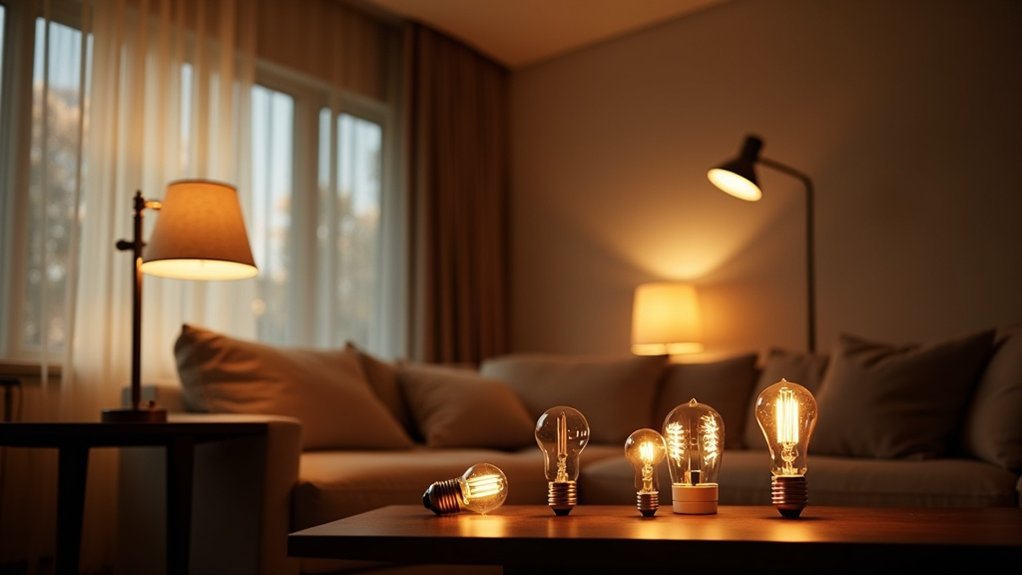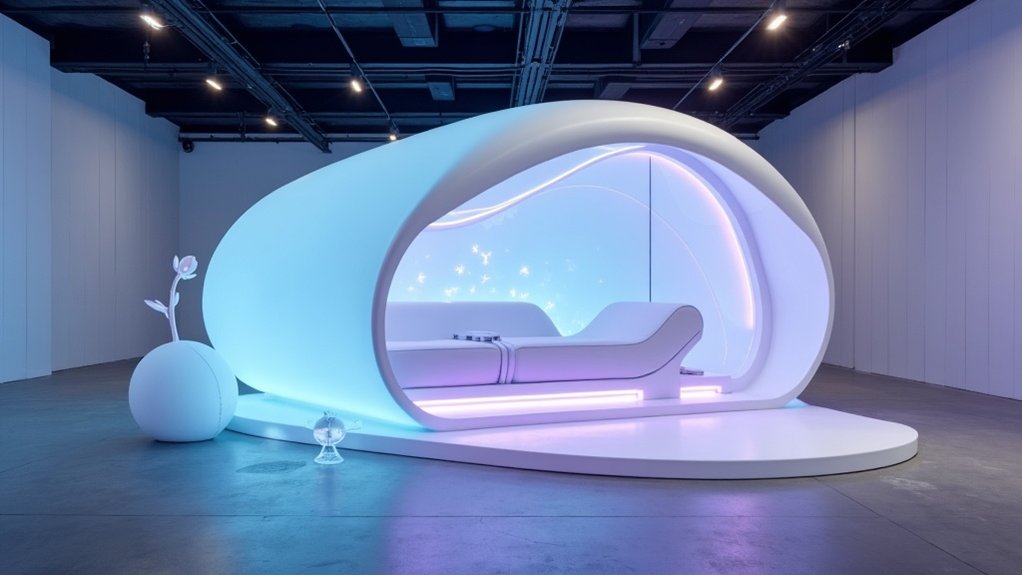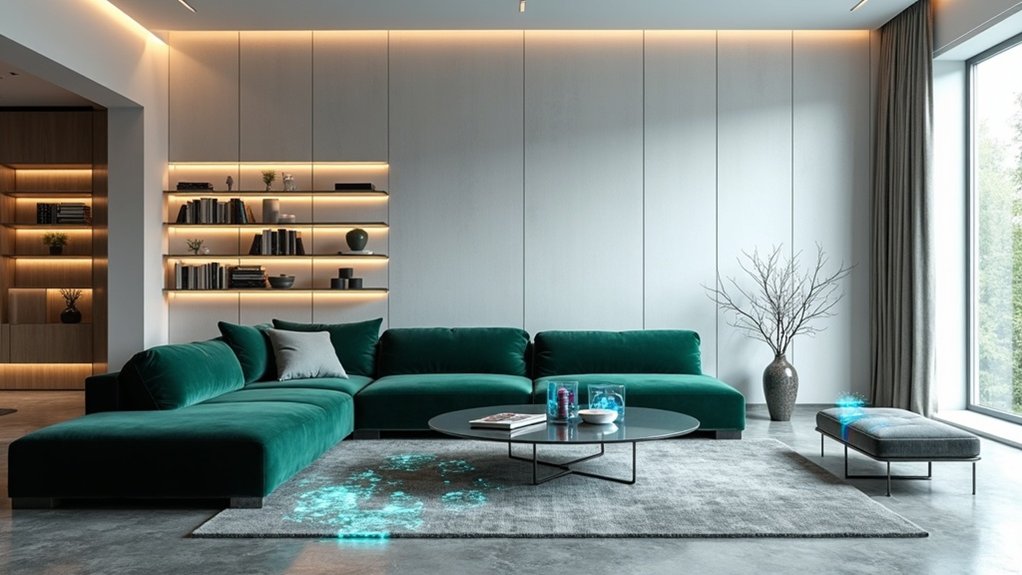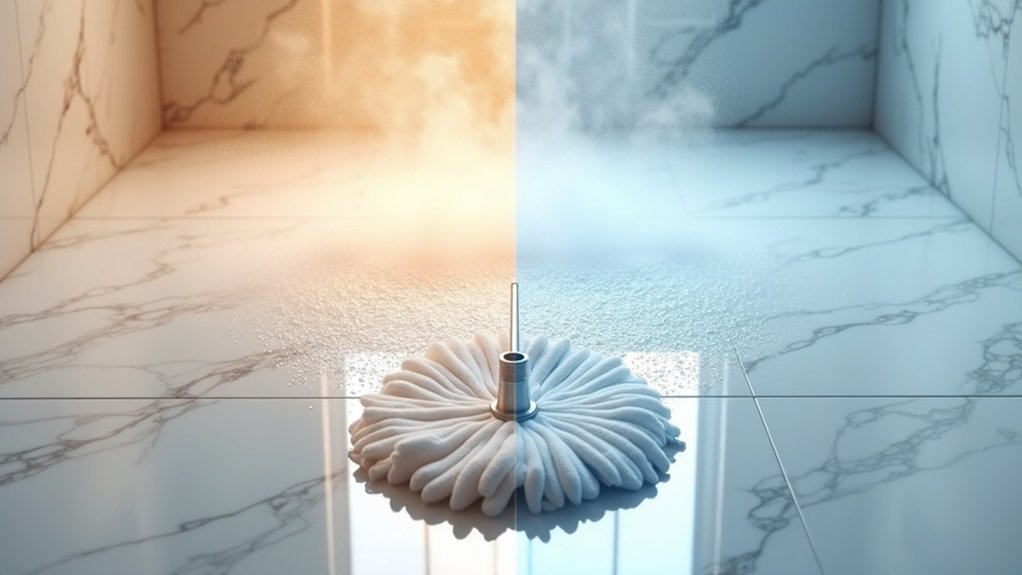Luxury Lighting Trends
As the luxury lighting market continues to evolve at an unprecedented pace, industry experts project substantial growth reaching $21.81 billion by 2025, with an impressive 7.8% compound annual growth rate. This transformation is driven by several controversial trends, particularly the emergence of smart integration and sustainable solutions that are reshaping traditional luxury lighting frameworks.
The intersection of technology and artistry has become a defining characteristic of modern luxury lighting, with sculptural floor lamps and artful iridescent sconces taking center stage in contemporary design schemes. The growing popularity of colored glass fixtures, reminiscent of jewelry pieces, adds a glamorous touch to modern interiors. Industry analyst Sarah Chen notes, "We're witnessing a remarkable shift where lighting fixtures are no longer mere functional elements but rather statement pieces that blur the lines between art and illumination." The trend toward perimeter lighting is replacing traditional over-lighting approaches, creating more sophisticated and inviting spaces. Additionally, the incorporation of natural materials in lighting design is seen as a reflection of the broader movement toward biophilic design in modern homes.
This artistic evolution extends to the use of raw materials, with designers incorporating unrefined wood and natural elements into chandeliers, celebrating imperfections as unique aesthetic features.
The portable lighting revolution has emerged as a particularly contentious development, challenging long-held assumptions about fixed lighting installations. Battery-powered premium fixtures and cordless options are gaining traction, in spite of initial skepticism from traditional luxury lighting purists. This shift reflects a broader movement toward flexibility and adaptability in high-end interior design, with the market projected to reach $29.1 billion by 2029.
Perhaps most significantly, the integration of smart home technology has become a polarizing force in the luxury lighting sector. While some designers welcome the convenience of wireless applications and customizable lighting experiences, others argue that excessive automation diminishes the craftsmanship traditionally associated with luxury lighting.
Environmental considerations have further complicated this debate, as manufacturers balance premium aesthetics with increasing demands for energy efficiency and sustainable materials.
The trend toward personalization has emerged as a key driver of market growth, with bespoke lighting solutions commanding premium prices. "Custom fixtures have become the new standard in luxury lighting," explains industry consultant Michael Roberts, "as affluent consumers increasingly seek unique pieces that reflect their individual style and values."
This emphasis on customization, combined with technological innovation and sustainable practices, continues to fuel the sector's transformation, in spite of ongoing debates about the future direction of luxury lighting design.
